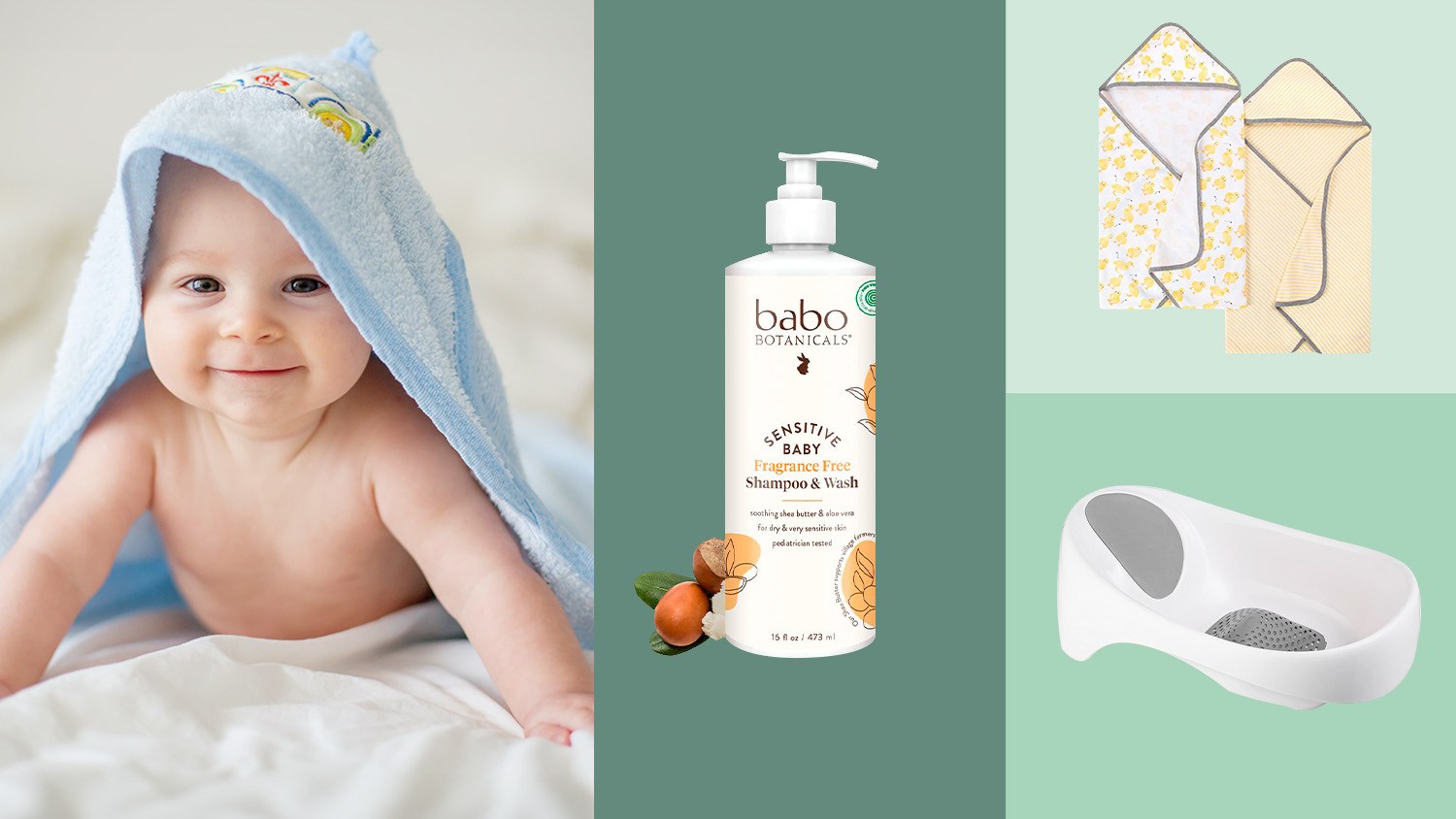WASHINGTON — President Donald Trump hits a new high on his economic approval ratings in a new CNN Poll conducted by SSRS, reaching 56% of Americans saying he’s doing a good job on the economy.
The result comes on the heels of the announcement that the US economy grew at a much better rate than expected in the first quarter, and President Trump’s performance on the economy becomes one of his prime selling points for next year’s general election.
President Trump’s previous high mark in CNN polling on handling the economy came in March 2017 when 55% approved. Since then, he’s edged above 50% four times, but this is the first time it’s been meaningfully over the 50% line.
White House acting chief of staff Mick Mulvaney spelled out President Trump’s 2020 economic message on Tuesday — suggesting voters would still be willing to support the President even if they don’t like him personally.
“You hate to sound like a cliché, but are you better off than you were four years ago? It’s pretty simple, right? It’s the economy, stupid. I think that’s easy. People will vote for somebody they don’t like if they think it’s good for them,” Mulvaney said during a talk at the Milken conference in Los Angeles.
The economy is the President’s best issue tested in the new poll, with his other approval ratings all below 50%. Even among those who disapprove of the way the president is handling his job generally, 20% say they approve of his work on the economy. That’s larger than crossover approval for any other issue by 12 points.
The President’s approval rating on the economy dipped to 48% earlier this year on the heels of the government shutdown. Since then, President Trump has improved his ratings on the economy by double-digits among those under age 35 (up 16 points), non-whites (up 13 percentage points), independents (up 11 points), women (up 10 points) and even Democrats (up 10 points).
President Trump’s approval on health care policy has improved slightly since June 2018, up five points to 38%, his worst approval rating tested in the poll. Slightly more, 42% approve of how he’s handling immigration and foreign affairs, and 39% approve of his handling of race relations.
His approval on race relations has increased since September 2017 — up 6 percentage points — but the last poll was taken amidst the protesting in the NFL by kneeling, when President Trump called for owners to fire protesting players. His increases since 2017 came largely among conservatives, Republicans and whites.
At the same time, President Trump’s favorability rating has hit its highest point since the 100-day mark of his presidency: 45% of Americans have a favorable opinion of the President.
More, 54%, continue to hold a negative view. But the latest movement marks a 5-percentage point increase since a December 2018 poll. His largest favorability increases come among independents (up 9 percentage points), those with a college education (9 percentage points) and women (8 percentage points).
Half of Americans say President Trump is doing a good job keeping the important promises he made during his presidential campaign, steady from October 2018.
Those numbers on the economy, favorability and promise-keeping — along with the President’s best approval ratings since April 2017 — ought to bode well for his chances in 2020. But head-to-head match-ups with the top Democratic contenders for the nomination in this poll aren’t overwhelmingly positive for the President.
Registered voters in the survey were randomly assigned three of the top six Democratic contenders and asked whether they would be more likely to vote for that person or for Trump in 2020. Support for each Democrat tested ranged from a low of 47% backing South Bend Mayor Pete Buttigieg and Massachusetts Sen. Elizabeth Warren over Trump to a high of 52% backing Beto O’Rourke over the president.
Joe Biden (51%), Bernie Sanders (50%) and Kamala Harris (49%) fell in between. Trump’s numbers ranged from 42% to 48%.
Although some of the Democratic contenders do hold a meaningful edge over the President, these results suggest a close race at this point, and there is a lot of time for voters to change their minds. In CNN’s first test of a general election matchup between President Trump and Hillary Clinton in June of 2015, Clinton led President Trump by 14 points among registered voters.
Although it is very early in the process, some patterns emerged across all these matchups that are worth noting.
Each Democratic candidate topped Trump by a double-digit margin among women, while Trump held an edge among men over each candidate tested. Whites without college degrees broke for Trump in each case, but whites with degrees split, favoring Trump in match-ups with Buttigieg, Warren, Sanders and Biden, but breaking in the Democratic Party’s favor for Harris and O’Rourke.
Harris prompts the largest gap between whites without degrees and those who hold a four-year degree, with a nearly 40-point swing in preferences between the two groups. Non-whites favored the Democratic candidate in each matchup.
The CNN Poll was conducted by SSRS April 25 through April 28 among a random national sample of 1,007 adults reached on landlines or cellphones by a live interviewer. Results for the full sample have a margin of sampling error of plus or minus 3.8 percentage points.
Random half-samples can result in smaller subgroup sizes that fall below our minimum for publishing crosstabs for those groups. Members of groups not shown in the published crosstabs are fully represented in the results for each question in the poll. Unweighted sample sizes for registered voters under age 45 for each of the hypothetical 2020 matchups ranged from 111 to 127, for non-white voters they ranged from 107 to 130.



















